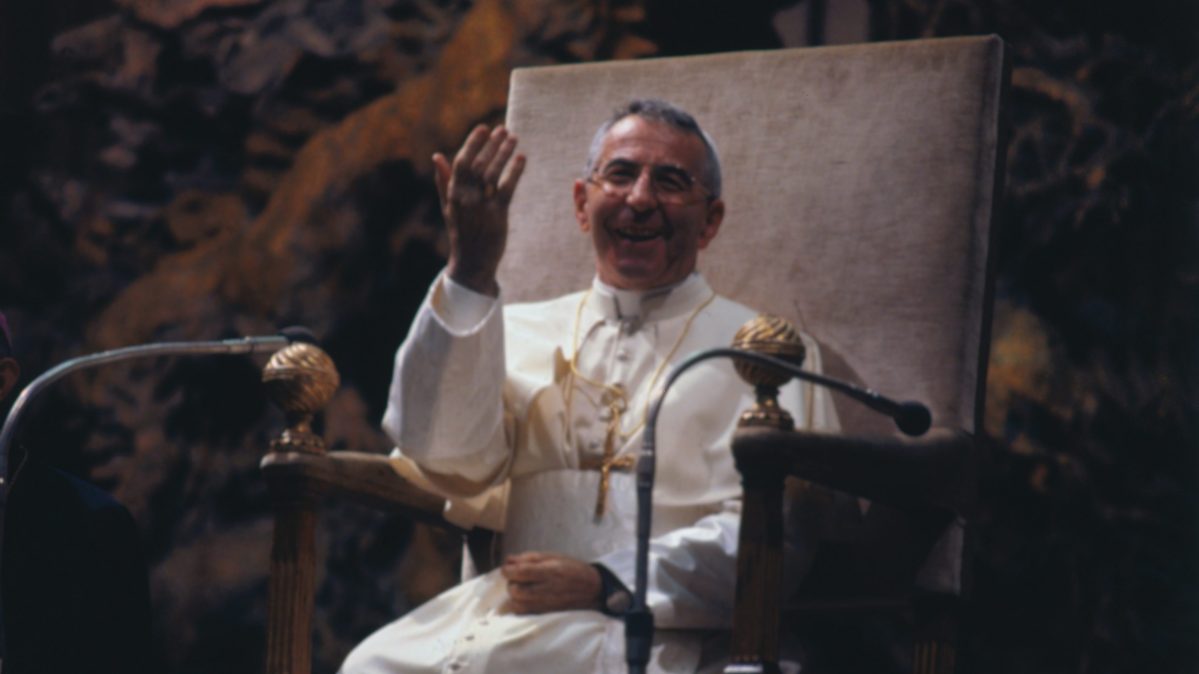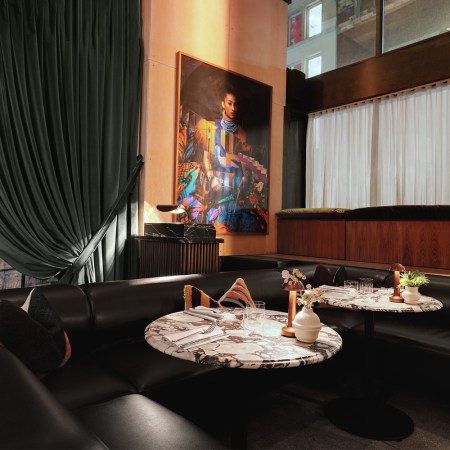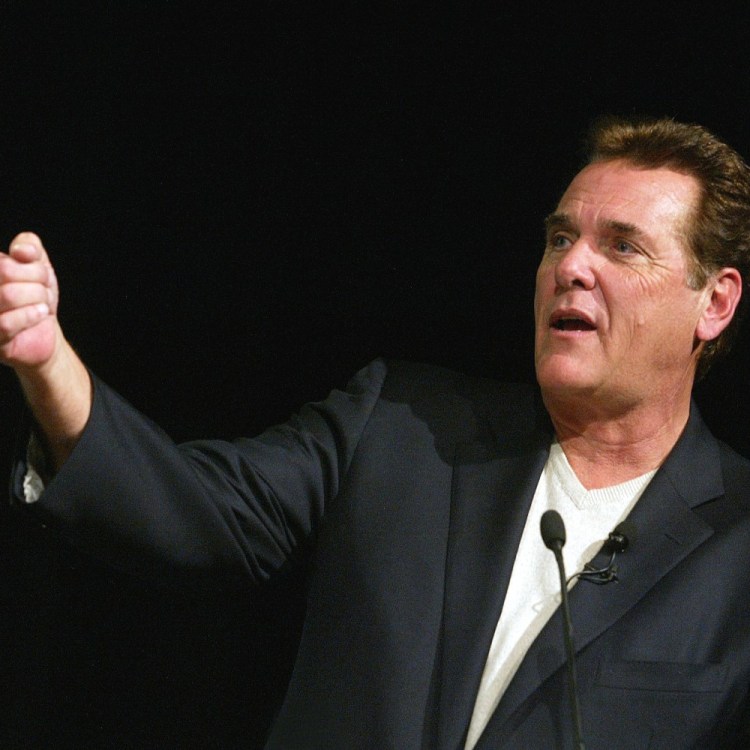The papacy has experienced some surreal developments in recent years. Back in 1996, Vatican officials confirmed off the record that 76-year-old Pope John Paul II had Parkinson’s. His failing health apparently led him to seriously consider resigning but instead he served until his death at 84 in 2005. There have been rumors he was euthanized, despite his personal insistence in 1995 euthanasia is “a grave violation of the law of God, since it is the deliberate and morally unacceptable killing of a human person.”
In 2013, his successor Pope Benedict XVI became the first Pope to resign in roughly 600 years. Benedict said it was a simple matter of health, declaring, “I have had to recognize my incapacity.” There may have been more to it, however, with suggestions he was essentially forced out in the wake of a variety of scandals documented in the VatiLeaks (a trove of leaked Vatican documents).
Now 91, Benedict is a close friend of his successor Pope Francis. And there have been efforts by rivals in the Church to force the resignation of the 81-year-old incumbent, meaning the papacy could be treated to a true divine comedy as three Popes share Vatican City in Catholicism’s ultimate sitcom.
Yet the most jarring event in many generations remains the death of Pope John Paul I on September 28, 1978. He had served a mere 33 days. This is a look back at the Pope who inspired a Godfather plot and seemed to promise a future that both electrified and terrified members of the Church.
The Original People’s Pope. Albino Luciani was born on October 17, 1912 in Forno di Canale in Northern Italy. He came from humble circumstances and continued to display that humility when he became Pope on August 26, 1978. He pointedly declined to be crowned—instead, a mass was celebrated. He also elected to walk, rather than be carried on a throne.
In doing so, John Paul rejected a practice that had been going on for centuries. Indeed, he was the first to refuse the regal ceremony since Urban VII in 1590. Bizarrely, Urban is one of the few Popes with an even shorter reign than John Paul, dying after just 12 days.
This wasn’t the only John Paul break with tradition. His very name was an innovation. He chose to commemorate his two immediate predecessors, John XXIII and Paul VI. This resulted in him having a papal name that was a first—something that hadn’t occurred in hundreds of years.
Likewise, John Paul came across in public in a way rarely associated with the papacy. Early coverage tended to focus on his personal warmth, witness the nicknames “The Smiling Pope” or “The Smile of God.” The discovery that he had written a series of “letters” to figures ranging from Jesus to Mark Twain to Pinocchio to discuss his faith and general views showed a level of whimsy rarely found in a Pontiff. (These letters are collected in the book Illustrissimi.) For instance, his letter to the “Barber Figaro”—the hero of The Barber of Seville and The Marriage of Figaro—references the Beatles before exploring young people’s need to rebel. While John Paul feels youthful revolts can be excessive and destructive, he also recognizes genuine value: “They, like you, Figaro, have things to say that are worth listening to and worth respecting.”
Then it was over. John Paul replaced a man who reigned 15 years, but he survived barely a month. It was such a brief period that in a review of the events of 1978 the New York Times ran an article titled “The Times Misses an Entire Papacy.” They had mentioned Luciani in an article on potential candidates for the papacy (they were largely dismissive of his chances). Then an 88-day strike broke out, with the result they didn’t run his obituary until November 6. By the time the strike ended, Karol Józef Wojtyła had become Pope and took the name John Paul II in tribute to his predecessor. Only 58, JP II would serve for nearly three decades.
This newsreel footage of John Paul’s funeral captures both the disbelief of the public and the striking affection already felt for him. The narrator describes him as the People’s Pope and notes he promised to be “more pastor than prince.”
Why Did He Die? John Paul was 65, relatively youthful for a Pope—both Benedict and Francis were approaching 80 when they assumed the role. So the news he died of a heart attack seemed unbelievable to many. Indeed, rumors quickly began that he had been murdered.
It should be noted that odds are he was not murdered. Even harsh critics of the Vatican, like the Italian journalist Gianluigi Nuzzi, suggest that if anyone killed him they did so unintentionally. (Nuzzi believes that discovering the sheer levels of corruption in the Vatican and the stress that came with it led to John Paul’s death.)
Perversely, however, the Vatican made decisions to guarantee we will never know definitively. Indeed, they seemed to go out of their way to fuel the suggestions of foul play. Conflicting accounts of his death were offered. It was uncertain who found the body, much less when they discovered it. The decision not to perform a postmortem ensured doubts festered.
In 1984, David Yallop provided an alternative theory to the official account of death by heart attack. In God’s Name suggested John Paul had been murdered because he wanted to bring an end to financial misconduct in the Vatican.
God’s Money. The Vatican has a nearly incalculable amount of assets. Take its art collection. What is the Sistine Chapel worth? Before making an estimate, consider that a single Leonardo da Vinci painting sold for $450.3 million in 2017.
Let’s say you wish to focus on more liquid holdings. Founded in 1942, the Institute for the Works of Religion (IOR) is commonly dubbed the Vatican Bank. In 2015, CNNMoney estimated it had $8 billion in assets. Forbes has dubbed it “The Most Secret Bank in the World.” That secrecy may be for a troubling reason: It has long been suspected of involvement in money laundering.
Its most scandalous moment may have come in 1982 with the death of Roberto Calvi. Called “God’s banker,” he was found hanging beneath Blackfriars bridge in London. His death was first ruled a suicide but later judged to be murder. Calvi had been accused of stealing millions that were being laundered for the mafia, so there was ample motive either to take his own life or for someone else to relieve him of it.
If this all sounds faintly familiar, you may be flashing back to 1990’s The Godfather Part III. At the time, its parallels with the actual events were acknowledged but often dismissed by representatives of the Catholic Church. Henry Herx, director of the office of film and broadcasting for the National Conference of Catholic Bishops, said the film wasn’t necessarily “anti-Catholic” but insisted its “fictional treatment of the so-called Vatican Bank scandal cannot be taken seriously.” The Godfather Part III features a character based on Albino Luciani. Initially they change his name to Cardinal Lamberto, but as Pope he goes by John Paul I. Below, he takes Michael Corleone’s epic confession.
Had John Paul been murdered because he was trying to clean up the Vatican Bank? Was the very notion of a man who lived so humbly assuming control of the papacy deemed a threat? Or could there have been a killing committed for theological or other reasons?
And had John Paul even served long enough for anyone to form definitive opinions about how he intended to lead?
This is where things get interesting, because the incumbent Pope seems determined to follow JP’s path.
The New People’s Pope. Like John Paul, Pope Francis I is a first. And like John Paul, he turned his back on some of the papacy’s most ostentatious trappings. As Cardinal and Archbishop in Buenos Aires, he made a point of visiting many of the poorest parts of the city on foot. Since being elevated to Pope in 2013, he has rejected numerous perks of the position. (A notable break with Benedict, who had been dubbed the “Prada Pope.”) Indeed, Francis declined to live in the official papal apartments. Upon first seeing them, he reportedly declared, “But there is room here for 300 people!”
Francis has also taken on the Vatican Bank, closing thousands of suspicious accounts. Making sense of that organization remains a downright biblical task. Sometimes the discoveries are genuinely surreal. In the 2017 book Original Sin, Gianluigi Nuzzi reports that he found accounting slips from secret bank accounts Mother Teresa kept in her charity’s name. Her holdings were in the billions—Nuzzi asserts the bank “risked default” without her money. He claims that both the bank and the future saint recognized the troubling optics of a woman so associated with poverty amassing such holdings. They made a point of her visiting secretly to help ensure this did not become public knowledge.
While the efforts to reform the Vatican Bank have resulted in criminal prosecutions for money laundering and embezzlement, the greatest enemies of Pope Francis seem to have been generated by theological differences, not fiscal ones.
Philosophical Pushback. In general, Francis has strived to show a greater tolerance and forgiveness for those violating Church doctrine, notably in terms of divorce and sexual orientation. This has inspired an intense backlash from parts of the Church hierarchy. Indeed, there are public calls for the resignation of Francis. While they usually are couched in terms of sexual abuse, they are driven at least as much by a schism of the faith as conservatives lash out at Francis.
Of course, the true tragedy of the Church is that, when it comes to abuse, there is more than enough guilt and shame for all parties.
The Church’s Central Problem. Sinead O’Connor was viciously attacked for ripping up a picture of Pope John Paul II to protest sexual abuse within the Church in 1992 on Saturday Night Live.
But the fact is she was right: There was massive abuse, on a scale even she may not have imagined.
Look at the 2015 movie Spotlight, which won the Oscar for Best Picture.
The film was justly celebrated for the cumulative power of slowly revealing the sheer scale of abuse in Massachusetts.
Now keep in mind this was happening all over the country, all over the world, for decades. (And for those who attempt to blame it all on homosexual priests, that conveniently ignores the fact that abuse happened to both genders.)
Every Pope in memory deserves some of the blame, including one who was sainted in record time thanks to an unprecedentedly streamlined approach. Having died in 2005, John Paul II reached the official status in 2014. In particular, the miracle that made this possible is controversial.
The president of the Survivors’ Network of those Abused by Priests (SNAP) represents thousands of people from over 70 countries abused by members of the Catholic Church. President Barbara Blaine denounced the canonization: “There is irrefutable documentary evidence to show that John Paul II refused to take action that would have protected children during his 27-year papacy. Thousands of victims were abused because John Paul refused to read the reports he was receiving.”
After so many years and so many victims, the Church has finally had to start to face the cost of their actions. Over $3 billion has been paid out in settlements in the United States alone, with over a dozen dioceses and religious orders filing for bankruptcy protection.
What Would JP I Have Done? This is the central, unknowable question about John Paul I. How would he have handled the abuse? Equally troubling as the abusers was the willingness of their superiors to look the other way or even protect and reassign them so they could continue their monstrous behavior.
John Paul I seemed to be a particularly caring human being who was willing to break with precedent when he saw fit. Would he have been the Pope who, unlike those who followed him, had the strength not to turn away?
Below, John Paul’s joy shines through as he utters his first words as Pope and introduces himself to the world.
This article was featured in the InsideHook newsletter. Sign up now.
























